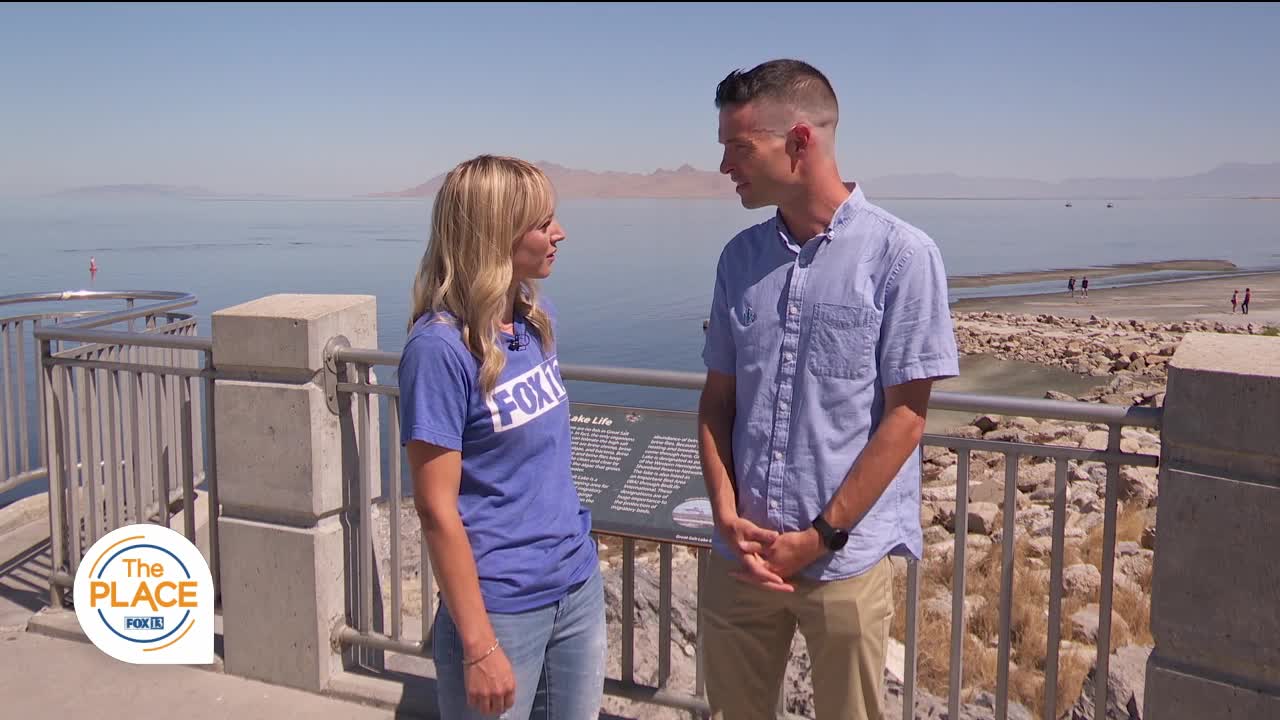Slow the Flow vs Grow the Flow: The names might sound similar, but they are distinct organizations taking different approaches to solve the same problem: conserving enough water to ensure abundant future supplies for people, ecosystems, and agriculture.
Slow the Flow is a statewide campaign encouraging water conservation across all sectors with educational resources and rebates to help residents save money and use less water.
Grow the Flow is an independent non-profit focused on restoring Great Salt Lake for the sake of Utah's economy, ecology, and public health of millions.
Grow the Flow is a non-partisan organization dedicated to building a politically and geographically diverse coalition of residents, producers, business leaders, and elected officials willing to take immediate action for Great Salt Lake.
Morgan Saxton met Grow the Flow Executive Director Dr. Ben Abbott at the Great Salt Lake to learn about current state of the lake.
He says it recently dropped below 4192 ft, exceeding the threshold that the state defines as "serious adverse effects" the Lake's economy, ecology, and public health of millions from increased dust storms off the lake.
With abnormally hot and dry summer and many days with high winds, dust storms have become more frequent and severe this year.
Due to a lack of dust monitors and early warning systems around the Lake, residents are left with no way of knowing when dust storms occur, exposing them to harmful dust laced with arsenic, lead, copper and more.
Dr. Abbott says, "Absent another record breaking snow year or emergency actions, the lake will likely hit a new record low this time next year."
If the Lake does continue to decline, Dr. Abbott says Utah could be in a similar situation as other places in the world.
"Around the world, saline lakes are collapsing—forcing mass migrations at the Aral Sea, increased rates of respiratory illness and cancer at California's Salton Sea, and over $2.5B in spending to mitigate dust at Owen's Lake," he says.
There's still time to act! Two meaningful actions community members can take include:
Using existing state rebates to subsidize the cost of replacing thirsty grass lawns with water efficient landscapes. To save money and water, visit: SlowtheFlow.org.
Reach out to your state legislators and ask them to prioritize Great Salt Lake and water conservation this legislative session.
For more information on how to take meaningful action on Great Salt Lake visit: GrowTheFlowUtah.org.



